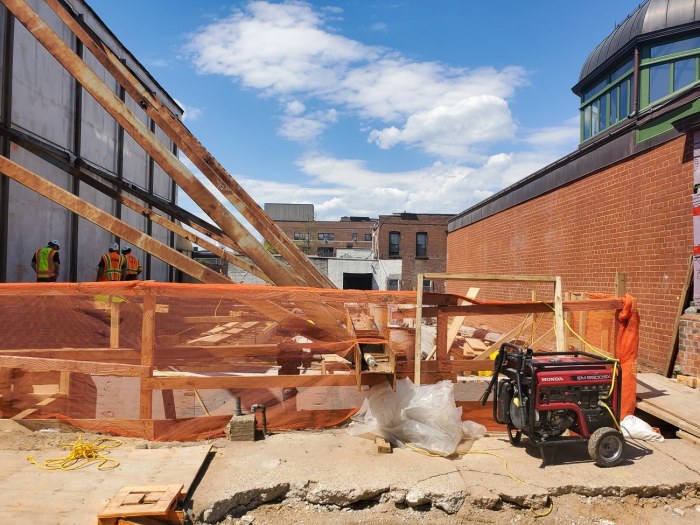The post-9/11 reconstruction of lower Manhattan has not been a sight for the squeamish. New Yorkers have lived with a litany of irritations for what seems an eternity.
At Ground Zero, architects squabbled over the design of 1 World Trade Center. The PATH transit hub weighed in roughly $2 billion over budget. A fight between the Port Authority and developer Larry Silverstein caused long and exasperating construction delays.
And in the surrounding neighborhood below Chambers Street, tens of thousands of people spent a decade-plus struggling to live or work gracefully as the makeover spread beyond Ground Zero — with new hotels, schools and apartment buildings sprouting up everywhere.
Plenty of New Yorkers thought the chaos would never end. Plenty more thought the $30 billion in public and private investment in the area would be a bust. The neighborhood is too isolated, they said — and the district contains far too many bad memories to properly recoup.
As it turns out, the skeptics were wrong.
By the end of next year, all major buildings on the World Trade Center site should be completed, except for WTC 3 — an 80-story tower with office and retail space.
Throughout the neighborhood, commercial leasing is up 43 percent in the first six months of 2014 compared with the same period last year. Sales of residential units are up 14 percent in the same period, according to the Alliance for Downtown New York.
Here’s one reason why: During the worst economic crunch since the 1930s, New Yorkers kept investing in the neighborhood’s future. Old Financial District office towers were turned into apartments. The new housing attracted families. And the rebuilt World Trade Center became one of the few places in town with state-of-the-art office space able to meet the future needs of growing companies.
In 1958 downtown had 400,000 daily workers and 4,000 residents. Today it has 310,000 daily workers and 61,000 residents, and both groups are growing.
Downtown’s public and private investors stayed the course — and now the entire region may reap the benefits.

















